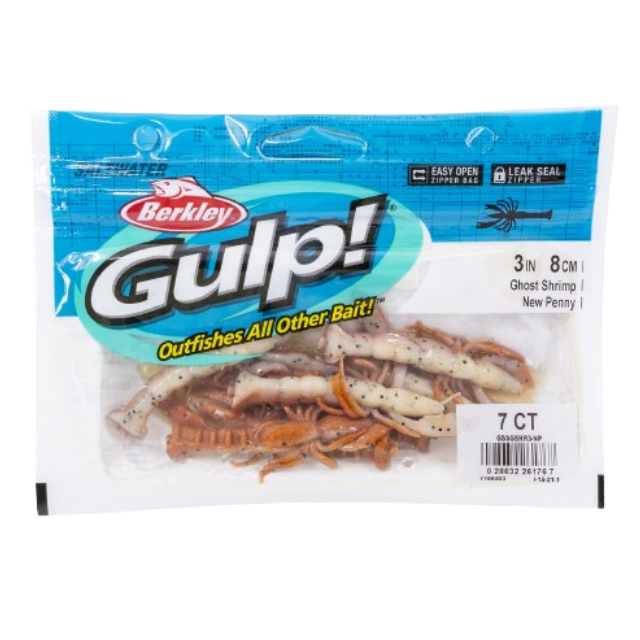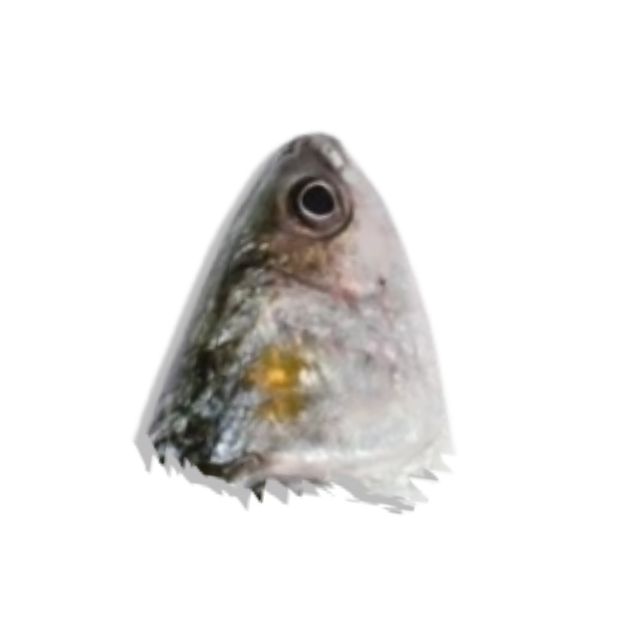Fishing Tips: How To Catch Drum

More photos of Drum.



Freshwater Drum, often simply called “Drum,” are unique as they are the only North American member of their family found exclusively in freshwater. These fish are prevalent in many large rivers and lakes across North America, favoring deep waters with moderate current and sandy or muddy bottoms. Drum are known for their voracious appetite and are opportunistic feeders, making them a popular target for anglers seeking a challenging catch.

Berkley Gulp! Shrimp
Berkley Gulp! Shrimp are soft plastic baits designed to imitate live shrimp. These baits are infus...
Berkley Gulp! Shrimp are soft plastic baits designed to imitate live shrimp. These baits are infused with scent and flavor, making them irresistible. They can be rigged in various ways, including on a jighead or Texas rig. Their lifelike action and realistic appearance make them a top choice for many anglers.
Continue reading
Cut Mullet
Cut mullet is an effective bait due to its oily flesh, which releases a strong scent trail in the ...
Cut mullet is an effective bait due to its oily flesh, which releases a strong scent trail in the water. Using fresh cut mullet, either in chunks or strips, can be particularly effective in attracting predatory fish in both freshwater and saltwater environments.
Continue reading
Cut Shad
Cut shad is an effective bait for many species of fish, especially catfish. The oily flesh of shad...
Cut shad is an effective bait for many species of fish, especially catfish. The oily flesh of shad releases a strong scent trail in the water, attracting fish from far away.
Continue reading
Nightcrawlers
Nightcrawlers, a type of earthworm, are highly effective live bait due to their natural scent and ...
Nightcrawlers, a type of earthworm, are highly effective live bait due to their natural scent and movement. They are commonly used for a wide range of fish species. When hooked correctly, they wriggle enticingly in the water, drawing the attention of nearby fish. Nightcrawlers can be used in various fishing environments, from freshwater lakes to rivers.
Continue reading
Shrimp
Live or dead shrimp are a popular bait. Their scent and natural movement make them highly attracti...
Live or dead shrimp are a popular bait. Their scent and natural movement make them highly attractive. Hooking them through the tail or body ensures they stay on the hook while presenting a natural look and movement in the water.
Continue readingMore Thoughts on Baits: When targeting Drum, using baits that are part of their natural diet, such as mollusks, can be particularly effective. Live baits like minnows and nightcrawlers can also entice Drum by appealing to their opportunistic feeding nature.
Gear To Use For Catching Drum:
| Gear Type | Specifications | Purpose |
|---|---|---|
| Rod/Reel | Medium action rod paired with a spinning or baitcasting reel. | Suitable for the size and fight of Drum. |
| Line | 10-15 lb test line, to handle the potential size and fight. | Provides strength and durability for bottom fishing and pulling through structures. |
| Hook | Size 4-6 hooks, appropriate for the size of baits used. | Ensures solid hooksets in the tough mouths of Drum. |
| Weights | Enough to keep bait anchored near the bottom. | Essential for effective bottom fishing where Drum are most active. |
More Thoughts on Gear:
How To Identify If You Caught Drum: Freshwater Drum can be recognized by their deep bodies and blunt snouts, with silvery to grayish colors and a white underside. They have a humped back and are the only North American fish with a lateral line that extends to the end of the caudal fin. Their ability to produce a drumming or croaking sound, especially during the spawning season, is also a distinctive trait. For more detailed identification or to confirm your catch, you can refer to resources like the Catchpedia Fish Identifier.